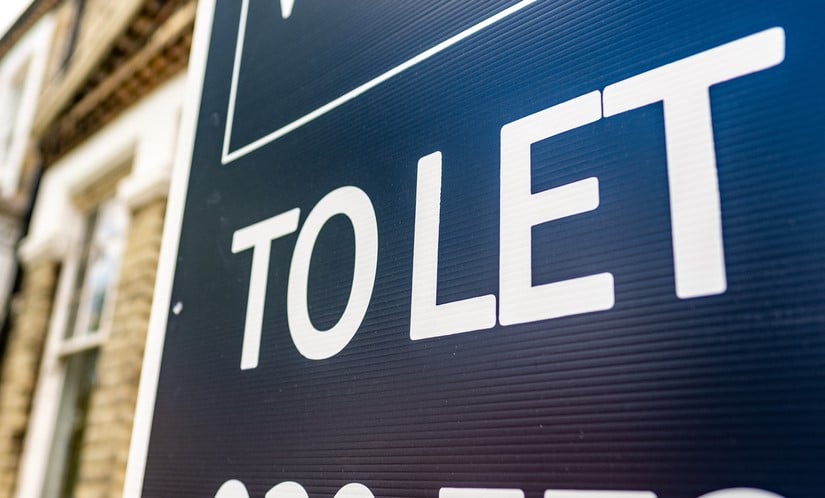
0:03 AM, 13th February 2025, About 6 hours ago
Text Size
Demand for rental property is ‘flat’ and the number of landlords offering properties is still in decline, RICS reveals.
Its latest residential survey says that the shrinking supply, coupled with flat demand is exacerbating the imbalance between available homes and prospective tenants.
The report states: “Unsurprisingly, a net balance of 23% believe that rents will continue to rise over the next three months.”
Adam Jennings, the head of lettings at Chestertons, said: “January’s lettings market saw an increase in tenant enquiries that substantially outgrew the level of activity usually associated with this time of year.
“The boost in tenant demand was predominantly driven by aspiring first-time-buyers who set out to beat the looming changes to the Stamp Duty thresholds by buying a property but then realised that they were not going to meet the deadline.
“Meanwhile, the number of available rental properties has not seen the increase needed to meet the heightened demand which will result in more competitive market conditions for tenants over the coming weeks.”
Sarah Coles, the head of personal finance at Hargreaves Lansdown, said: “The runaway growth of renter numbers abated a little at the start of the year, but the pressure isn’t off, because the number of properties they were fighting over fell again fairly significantly.
“The latest HL Savings and Resilience Barometer shows that renters can ill-afford for life to get more difficult.
“Renters have an average of just £62 left at the end of the month compared to those with mortgages who have £303.”
She adds: “It means a rental hike could end up pushing millions of renters over the edge – forcing them to make incredibly difficult decisions about how to cut their costs to stay on track.
“Already 19% of them are behind on debt repayments – compared to less than 1% of those with a mortgage. Rising rents are only going to make all of this even harder.”
However, January’s survey painted a largely stable picture for housing demand and sales, though optimism for future growth remains.
RICS says that buyer interest was neutral, with a net balance of zero for new enquiries.
Completed transactions saw only a slight uptick, but hopes are high for higher sales over the next three months – and a more substantial rise within a year.
House prices continued their upward trend, particularly strong in Northern Ireland and the North West.
Price growth was more subdued in Yorkshire and the Humber and the South East.
RICS’ head of market analytics, Tarrant Parsons, said: “The latest survey feedback indicates that growth in buyer demand lost a bit of momentum through the early part of the year, with this flatter picture likely linked to the turbulence seen across money markets in the first half of January.
“Nevertheless, moving forward, respondents continue to envisage a slightly positive near-term outlook for sales activity.
“This should be further supported by the unwinding of some of the pressures around mortgage interest rates over the past couple of weeks.”
Tom Bill, the head of UK residential research at Knight Frank, said: “Downwards pressure on mortgage rates has increased slightly over the last month as inflationary jitters ahead of Donald Trump’s inauguration recede.
“Supply has been relatively strong as sellers decide to act after the political disruptions of 2024 and ahead of April’s stamp duty increase.
“The return of sub-4% mortgages would strengthen demand, which means a lot hinges on how much financial headroom the government can find and how the UK fares as global trade wars escalate.”
Previous Article
Service charges soar to hit record highNext Article
House prices rising slowly but stamp duty cuts loom